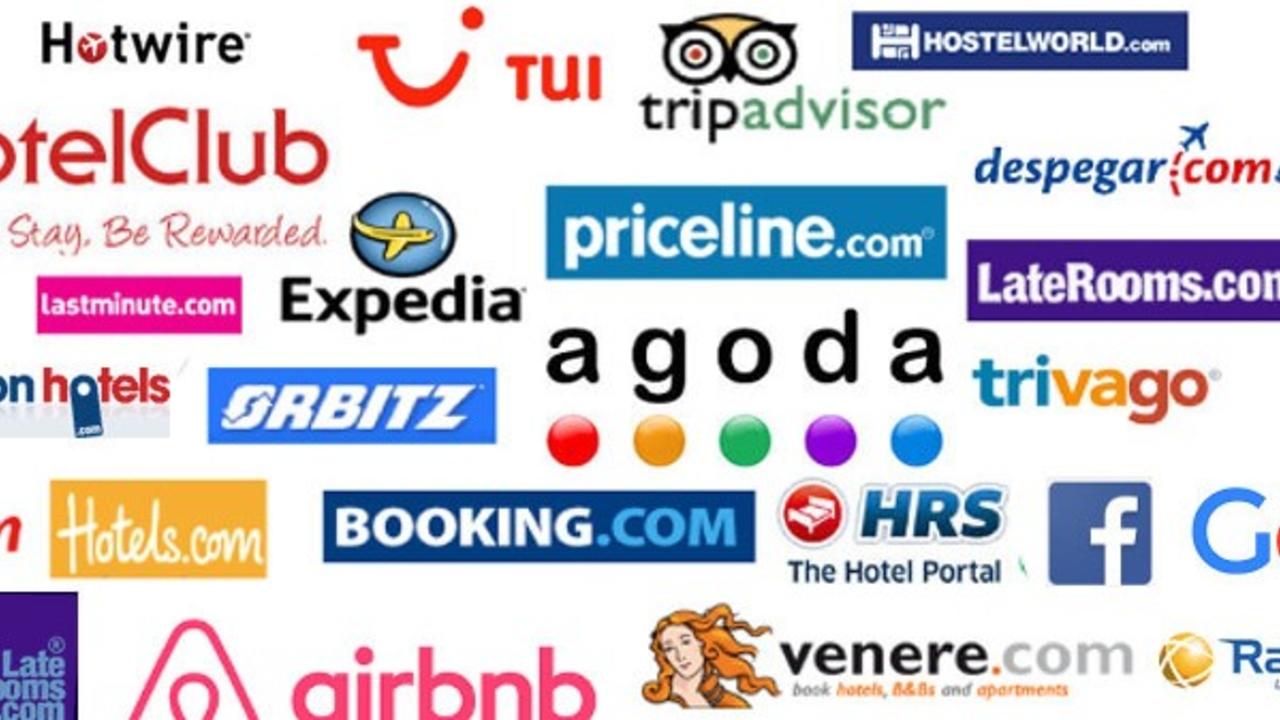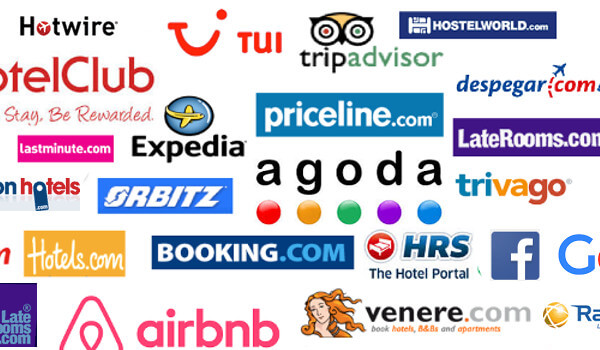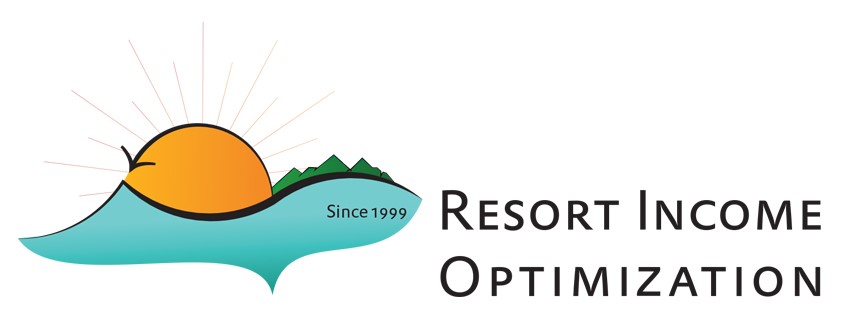Fundamentals of Channel Management for Resorts

Hotel Marketing has become completely entwined with technology, but what if you don’t understand all that technology? Your revenue depends on it. Although many principles of revenue management still apply, they become nearly unrecognizable with all the talk of clouds, OTAs, CRS, CMS, Booking Engines and other three-headed monsters. For some, it is hard to even tell the difference between a channel and software, but below is a quick and simple overview.
-
Booking Engine (aka Brand Site). This is your own website and home base that you control, but getting people to come there usually involves time and money. You do not pay commissions on these bookings, but you do have to support a website and content like pictures, articles and other key selling assets. You may also have to advertise with banners or bid on Google traffic to get in front of the right people. Even “free” search engine marketing and may involve creating fabulous content or word of mouth. If you have it great, but for most resorts, this is not sufficient. Under the hood, you must have a booking engine that allows a guest to search for dates and room types and then make a reservation that makes it into your PMS, as well as charge a credit card.

- OTAs (Online Travel Agencies). They have lots of people looking for hotels or package deals, but you must pay them a commission for finding you a customer. Making sure that all your room types, availability, and pricing are correct for 400-500 days can be challenging. To do well in these channels you still need to provide good content and get good customer reviews, as well as be competitive on price during all the different seasons. Each OTA operates differently, so it becomes necessary to learn how to run effective promotions, implement stop-sells quickly, and many other tasks. And on top of all that, many OTAs will check your pricing across channels and drop you in the rankings if your rates are not equal across all channels. There are many OTAs and some are being consumed by larger players and niche markets appear on a regular basis.

- GDS (Global Distribution System). This is an older legacy system used by travel agents, but in some segments, it still plays a very important role. This tends to be used by corporate travel agencies, which means they are often business travelers, so if this is your segment, then lots of reservations are still made in this network. However, it is cumbersome to use and if you are in the Leisure Travel segment, it may not be worth the extra effort. If you would like to know more, click on the image below for one of the best videos we have found on this subject.

- So how do you manage all of this? There are two key ingredients to manage all this information: Software and Services. Software can automate many things and eliminate a lot of manual data entry and data manipulation. But software does not work on its own and needs management and information. You might think if software as an engine, which also needs fuel in the form of data. It also needs a mechanic for proper maintenance and a driver to push the accelerator (or the brakes).
- Software. There are many software vendors in the Hospitality sector and each of them focuses on a certain type of technology. When it comes to Channel Management, the highlighted areas are the key software programs that must be purchased. To get a complete picture of availability, all channels must eventually roll into one inventory system, usually called a Property Management Sytem (PMS) or Central Reservation System (CRS). In order to maintain equal pricing across all these channels and different OTAs, it is also necessary to manage centrally and push out from a single source. Keep in mind that today most software is purchased and used in the cloud. What this usually means is that it is installed on the internet and you use it via the internet. This also means that you typically pay a monthly fee instead of buying a CD that you download and install on your computer.

- Software. There are many software vendors in the Hospitality sector and each of them focuses on a certain type of technology. When it comes to Channel Management, the highlighted areas are the key software programs that must be purchased. To get a complete picture of availability, all channels must eventually roll into one inventory system, usually called a Property Management Sytem (PMS) or Central Reservation System (CRS). In order to maintain equal pricing across all these channels and different OTAs, it is also necessary to manage centrally and push out from a single source. Keep in mind that today most software is purchased and used in the cloud. What this usually means is that it is installed on the internet and you use it via the internet. This also means that you typically pay a monthly fee instead of buying a CD that you download and install on your computer.
-
-
Services. Software does not run by itself and still needs Labor with expertise in the software, data and the business operations. Just as Microsoft Excel does little without data or an operator, these software systems need expert management on an ongoing basis to deliver value. Some aspects can run on auto-pilot, but most of these systems are complex and changing, so if there is a problem or an error, the automation just multiplies that problem. A resort has three basic choices in how to manage all of this:
-
If they are part of a chain, some of this software and service is provided by the brand owner or franchisor.
-
Hire staff to manage it themselves.
-
Hire experts who focus on this type of software and marketing to maximize visibility and revenue (www.resortincome.com).

-
-
There are many valid choices, but there is no denying that survival in this industry depends on having a strong presence in digital channels and doing it for a sensible price. Last, but not least, make sure that you choose vendors that are trustworthy and view the relationship as a long-term partnership. While you want to proceed with caution, you should proceed nonetheless, or you may end up as the proverbial boiling frog.
